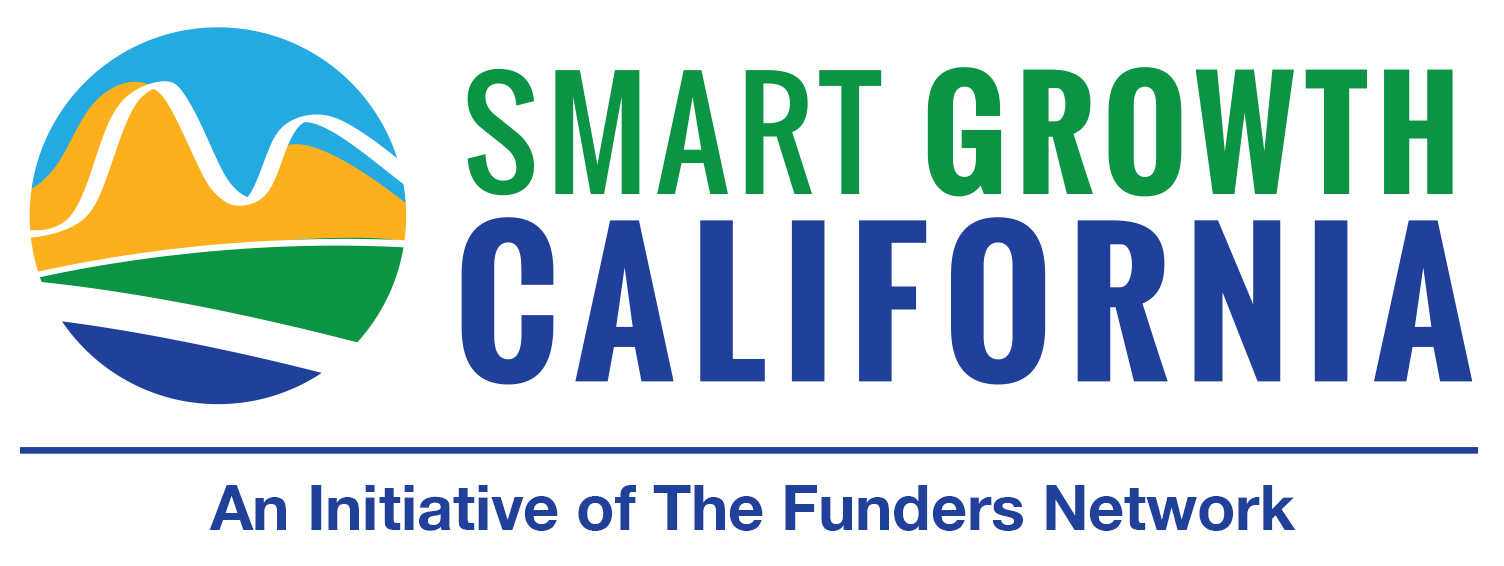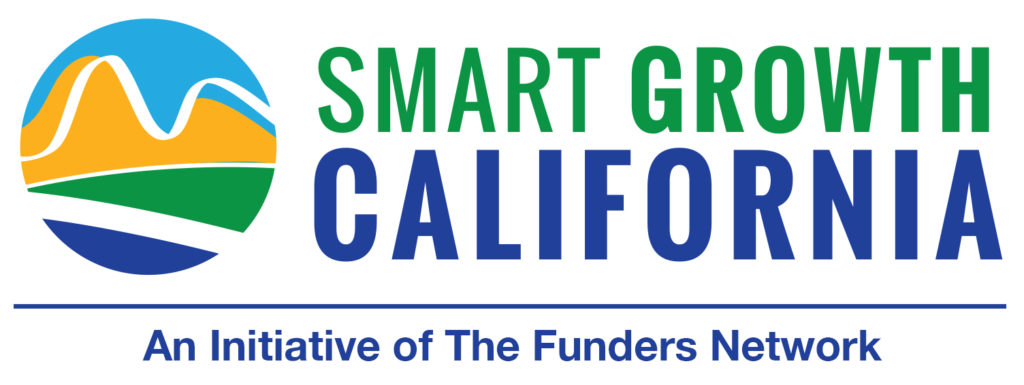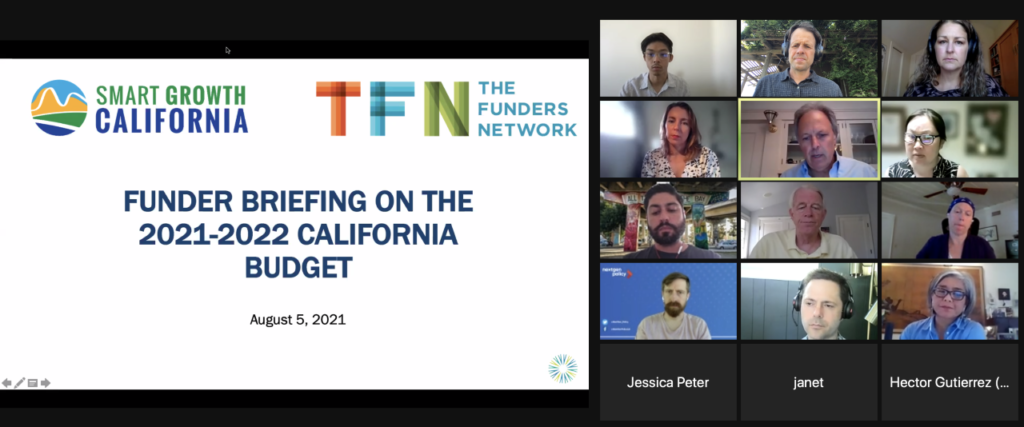
On August 5th, Smart Growth California funders met with Capitol staff, issue experts and advocates to learn about smart growth related opportunities coming out of the recently passed 2021-22 state budget. This blog captures learnings from the funder briefing.
This year’s budget is unlike any other in recent memory. While the ongoing economic devastation due to the global pandemic led state leaders to project reduced revenues, a surprisingly growing stock market along with federal stimulus led to a shocking $100 billion (you read that right, billion with a “b”) surplus. In a normal year, the Governor’s proposed budget released in January has only moderate changes before its passage in late June. However, this year, the picture of the state’s financial health changed so drastically after January with a “rainstorm of short-term money” that it resulted in the Governor’s May revised budget having more pages that the original budget document, shared Marie Liu, advisor to Assembly Speaker Anthony Rendon. In her 20 years of working at the state, Liu says she’s never seen anything like it.
Trying to fully comprehend this budget is like “drinking from a firehose,” Liu says. While you may not be able to capture every little detail (but you can sure try with the resources listed below!), here are five simple takeaways that you should know if you weren’t able to join the briefing.
It’s A Lot of Money
In a good year, having hundreds of millions of dollars committed to housing, natural resources, or transportation can be a win for smart growth advocates. But in this historic year, investments are in the billions, not hundreds of millions. The numbers are staggering: $10 billion for affordable housing; $1.8 billion for wildfire and forest resilience; $4.5 billion for drought response and water resilience; $3.7 billion for climate resilience; $3 billion for transportation; the list goes on.
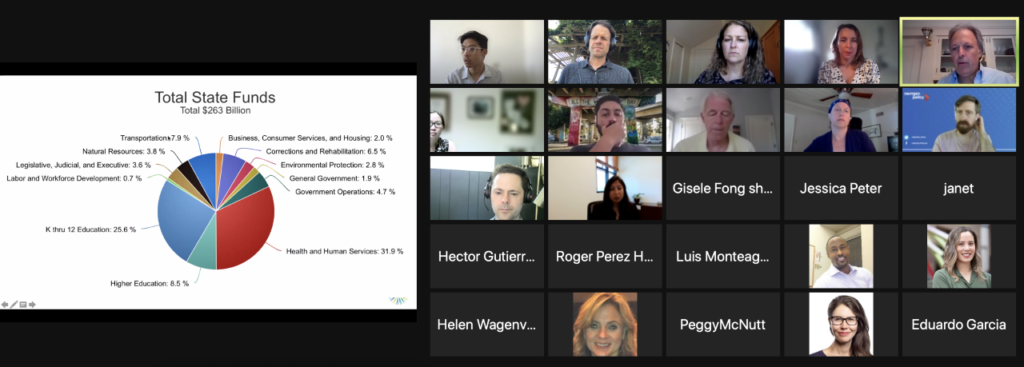
Much Remains to Be Negotiated
Given the enormous windfall wasn’t fully comprehended until late spring, legislators and Capitol staff are still working through the full details of how the money will be appropriated. While the budget was approved with a certain amount of money in each large “bucket,” details of how money will flow to individual programs within the big bucket largely remains up for negotiation. Additionally, many new programs were funded without the details of these programs yet determined. The legislature will work with staff over the coming months to help these programs take shape. On top of this, there may be crossover between categories/buckets and where the money will come from for programs is not fully decided. For example, Liu shared, the Healthy Soils Initiative could be funded from the Climate Resilience, Sustainable Ag or Drought Resilience budgets. Many programs, especially within Natural Resources, have crossover and the category it comes from can be arbitrary, leaving some funding numbers still uncertain.
This is One-Time Money….Sort Of…
While speakers shared that they expect some windfall next year as well, the reality of the surplus is that it is not creating a new consistent revenue stream and therefore the monies must not be overly allocated for ongoing projects. However, given the quantity of the surplus, some programmatic investments will be made over 2-4 years. The year two allotment, for example, will be pre-baked into next year’s budget (2022-23) and so on, although these numbers can change (the year two allocation versus year three or four) based on evolving needs. Legislators hope that these new program investments will lay the groundwork for effective new programs and that perhaps those programs that are most successful are able to find other funding streams in the future.
Climate and Equity Had Big Wins, But More Work Remains
This historic budget year led to major investments in climate resilience for low-income and disadvantaged communities, such as the $500 million allocated for active transportation, or a program that will help low-income communities’ transition to more fuel-efficient cars. But Román Partida-López of the Greenlining Institute also sees gaps in the state’s focus on equity investment, and laid out priorities as a path for how to strengthen this commitment in the future. These priorities include: investing in community-driven solutions, ensure intentional direct benefits, avoid undue burdens, use comprehensive approaches, provide technical assistance and capacity building, and create pathways to wealth building.
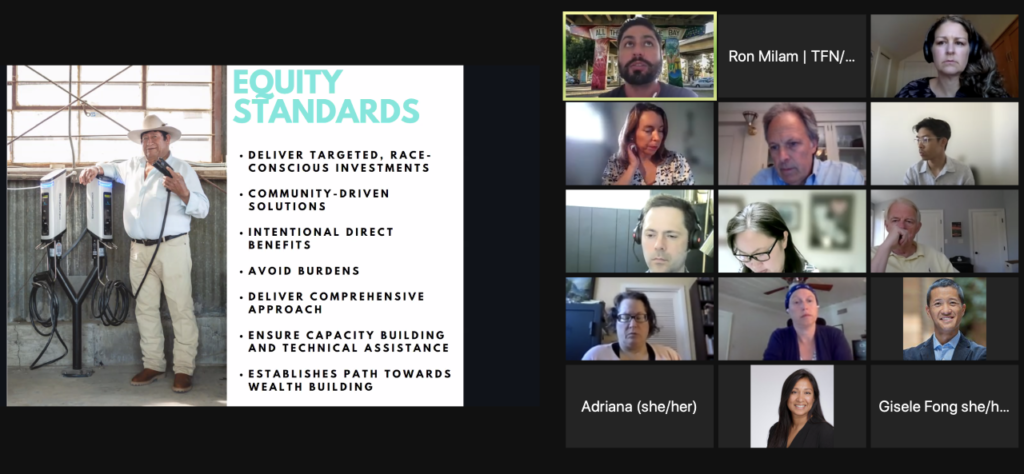
Funders Have an Ongoing Role in Supporting Equitable Implementation
With all of the negotiation that remains around detailed allocation, as well how the money ultimately flows into communities for implementation of programs, funders have a unique role to play in helping to ensure this historic budget makes the greatest impact towards promoting healthy, equitable and sustainable communities. Corey Brown of Resources Legacy Fund – who also serves on Smart Growth California’s statewide steering committee – reminds funders that “the work you do as funder with your grantees helps shape priorities that shape the budget, as well as shape the implementation of billions of dollars in state funding.” Those that can fund lobbying should consider doing so, he says, while those that cannot can still fund strategic non-lobbying activities such as the development of reports, research, communications, and NGO capacity to help ensure state and local programs effectively spend the budget dollars and effectively implement the funded programs. Investments to help communities secure public funding grants can be very effective in leveraging significant state dollars for projects that improve community health, quality of life, and sustainability. And ultimately, he reminds funders that relationships are key and funders can leverage their relationships and influence to promote equitable, climate-friendly solutions.
A huge thank you to our excellent presenters and facilitators: Roger Dickinson, Local Government Commission; Marie Liu, Office of the California State Assembly Speaker Anthony Rendon; Kim Delfino, Earth Advocacy; Michael Jarred, Consultant to the Assembly Natural Resources Committee; Román Partida-López, Greenlining Institute; Corey Brown, Resources Legacy Fund; Juliet Christian-Smith, Water Foundation; David Weiskopf, NextGen Policy; Mark Valentine, ReFrame It Consulting.
ADDITIONAL RESOURCES
Department of Finance = www.dof.ca.gov
E-Budget = www.ebudget.ca.gov
Legislative Analyst’s Office = www.lao.ca.gov
Senate Budget & Fiscal Review Committee & Sub. #2: https://sbud.senate.ca.gov, https://sbud.senate.ca.gov/subcommittee2
Assembly Budget Committee & Sub #3: https://abgt.assembly.ca.gov, https://abgt.assembly.ca.gov/sub3resourcesandtransportation
Read the actual bills: https://leginfo.legislature.ca.gov/
Senate Budget Guide: https://www.senate.ca.gov/sites/senate.ca.gov/files/the_budget_process_0.pdf
